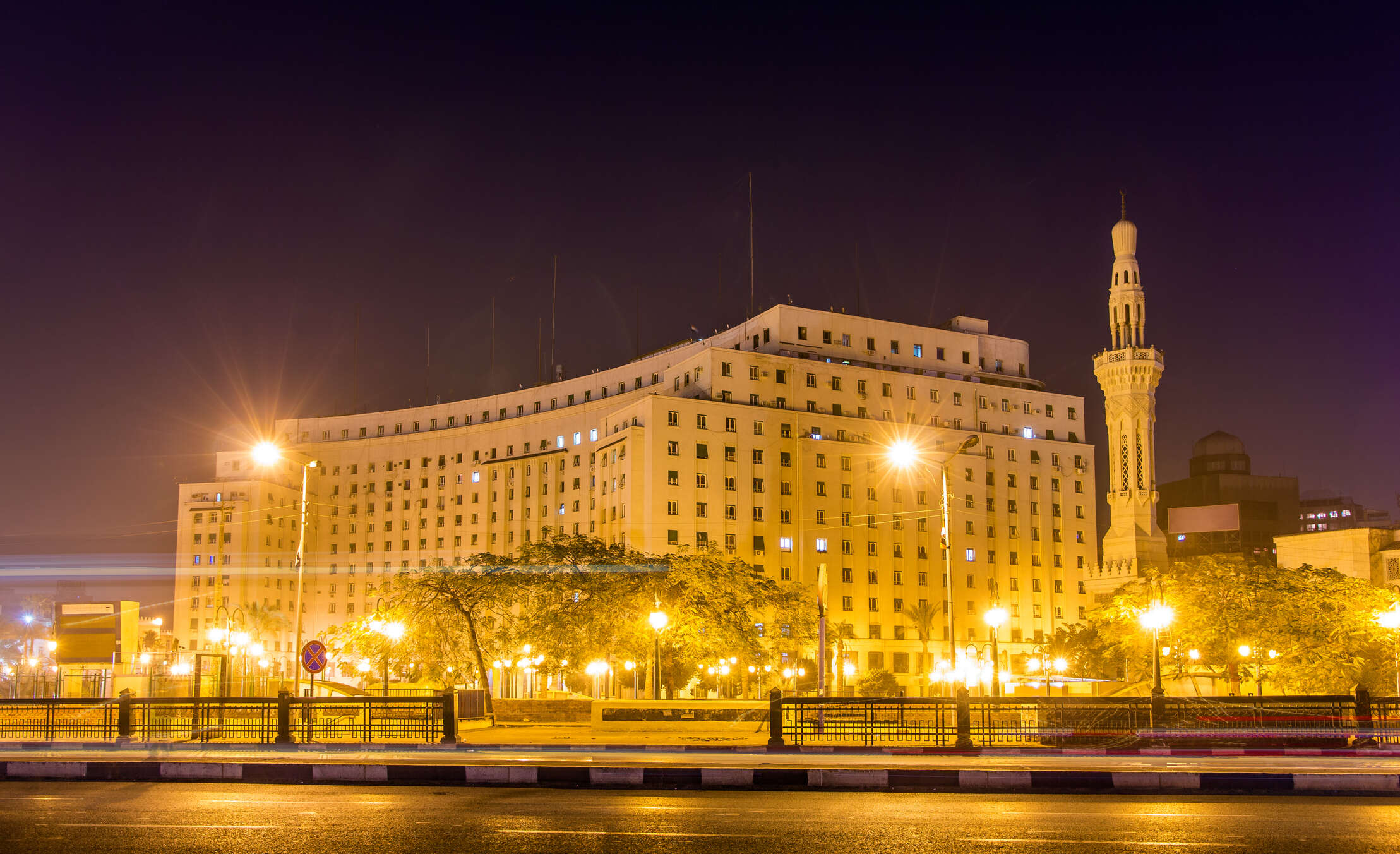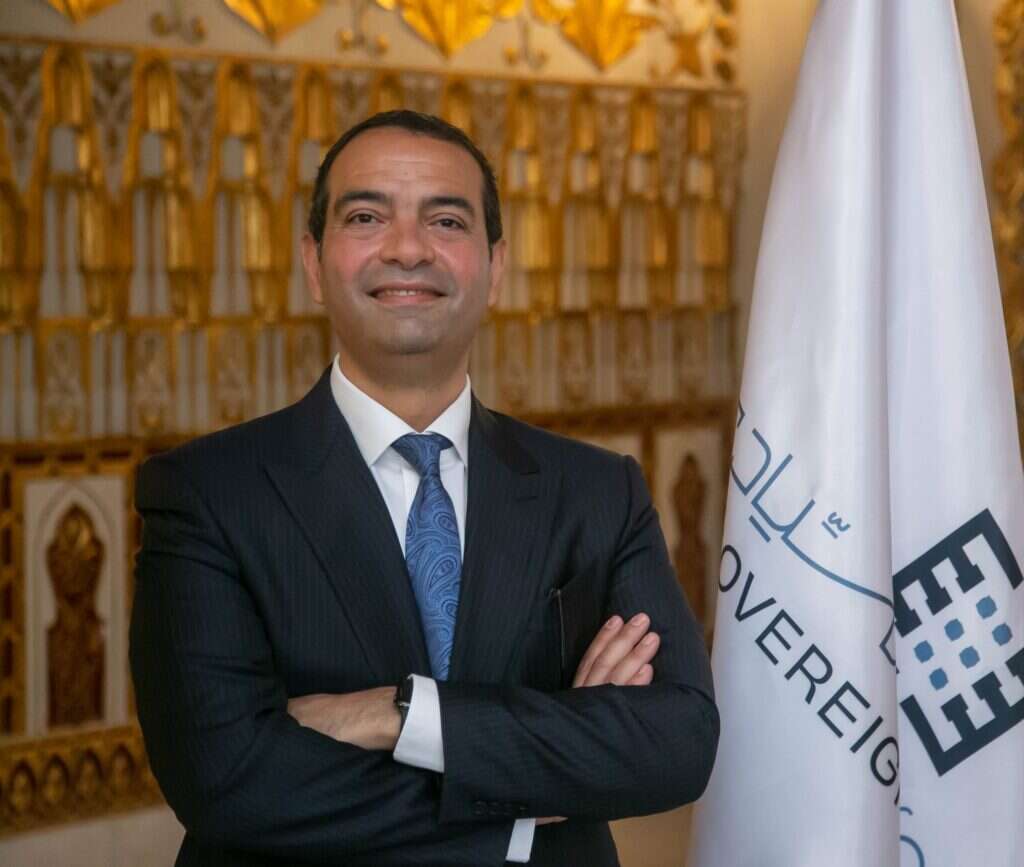
Egypt only accounts for 0.6% of CO2 emissions globally. But policymakers in Cairo are hoping it can play an outsized role in providing green energy solutions to the rest of the world and in doing so aid economic growth, reduce emissions and address the domestic impacts of climate change that represent a threat to the country’s essential water source, the Nile river, and to the production of staple crops like mangos and olives.

The African country is seeking to become a regional centre for electricity and interconnectivity between the continents of Africa, Europe and Asia, taking advantage of reforms to Egypt’s energy system that have resulted in surplus electricity production.
While details of the 2050 National Climate Change Strategy remain scant, the government has said it plans to spend $211bn on mitigation and $113bn on adaptation by 2050 in key sectors including energy, transport, agriculture and water.
Small budget, big plans
Funding will come from the state budget, contributions from developed economies and the private sector. As such, one institution central to driving this strategy, and bringing in the private sector capital needed to pay for it, is The Sovereign Fund of Egypt (TSFE).
Established in 2018 with a mandate to “create sustainable value for future generations”, Egypt’s sovereign wealth fund is working to crowd fund investment in areas such as renewable energy, green hydrogen (hydrogen produced from renewable energy), green ammonia (ammonia also produced from renewable energy) and desalination, its chief executive Ayman Soliman tells Capital Monitor at TSFE’s airy offices in Zamalek, Cairo.
TSFE’s financial firepower is limited. It runs a portfolio of around $1bn in assets under management but is hoping to grow this to $2bn this year. For every $1 the fund invests, it looks to mobilise $5 of outside investment, says Soliman.
“We come from an economy that does not have capital abundance, so we are there to create value,” he says.
After Covid-19 hit, TSFE slowed down its investment in hospitality and pivoted towards education and the food and agricultural sectors, launching a fund to repurpose inefficient state assets like Mogamma el-Tahrir, a huge government building in Cairo‘s Tahrir Square.

For Soliman, greater scrutiny of global supply chains and a move to decarbonise economies can work in Egypt’s favour if its ambition to turn the Suez Canal Economic Zone (SCZone) – a 461km business-friendly area – into a hub for green hydrogen and ammonia is realised.
Already, TSFE has inked memorandums of understanding (MOUs) representing $40bn of investment into green hydrogen with power and transport companies Scatec ASA, Maersk, Total-Eren & Enara, EDF & Zero Waste, AMEA Power, Masdar and Hassan Allam Utilities. The investments are phased, with $5bn targeted for the pilot stage and $35bn for the first phase. The fund is in advanced talks with other partners too, Soliman adds.
“Egypt is a market where you can actually find the resources to decarbonise,” says Soliman. “Most of the companies that are coming [here] have signed MOUs or are coming with a decarbonisation commitment. They are driven by their own commitments.
“When Vodafone Egypt says ‘we’re going to pledge [zero emissions as part of group policy]’, how would they achieve that if they operate in a market that is running on diesel generators at night?”
Greening the Suez
Egypt has an identified renewable capacity of 92GW, though it produces less than 10GW of renewable energy currently. Much of that will go to supporting future industrial growth, greening the grid, and for desalination and green hydrogen projects. Egypt also plans to increase its own share of renewable energy use to 42% by 2035 from around 20% now.
Greening the Suez Canal trade route is part of Egypt’s promise to the rest of the world, says Soliman. In March, Danish shipping giant Maersk signed an agreement with SCZone, TSFE and other Egyptian partners to explore large-scale green fuel production in Egypt. TSFE is a co-investor.
The availability of green energy and fuel in sufficient quantities and at cost-competitive price levels is the single biggest challenge to the decarbonisation of global shipping, said Maersk officer Henriette Hallberg Thygesen at the time the agreement was signed.
Soliman says the agreement with Maersk, which will act as an offtaker for the green fuel – green ammonia and e-methanol that will be produced in Egypt – is a pilot step towards providing green fuelling for all the ships that pass through the Suez Canal.
Due to the cost of production the green fuel will come at a premium compared with grey fuel (which is refined using carbon-intensive methods), but Maersk has secured agreements from many of its largest customers – over 200 of which are focused on decarbonising their own supply chains – to pay extra for it, Soliman says.
Egypt’s first operational green hydrogen project, a 100MW plant in Ain Sokhna on the western shore of the Gulf of Suez, is set to come online in October 2023, though partial operations are expected by Cop27, which will be held in Egypt in November, TSFE says.
TSFE expects to invest around $15m in the project this year, and with the current pipeline in place expects to invest $225m over the next two years.
Betting on ammonia
The EU and Egypt are set to sign further MOUs on green hydrogen and ammonia production during Cop27. Together they will develop a Mediterranean Green Hydrogen Partnership to work on hydrogen trade between Africa, Europe and the Gulf, according to a joint statement in April.
Egypt is the sixth-largest exporter of ammonia as a fertiliser globally, but 100% of these exports are currently grey. Soliman expects Europe’s new levy on grey ammonia – which will amount to anywhere between €90 and €120 per tonne – to encourage players to green their production lines and meet their own decarbonisation pledges.
In May, Egypt signed an MOU to produce 300,000t of green ammonia annually in the SCZone with a consortium including TSFE and TotalEnergies. This follows the agreement with Norwegian renewable energy company Scatec in December 2021 for large-scale seawater desalination, hydrogen and ammonia production based on renewable power in the country.
FDI into Egypt: the challenges
Egypt has not been the easiest or most attractive place for foreign direct investment (FDI). Political unrest, the size of the public sector, regulatory uncertainty and high levels of debt have made many wary. Weaker finances created by the war in Ukraine and tighter monetary policy are added difficulties.
“It’s a challenge – it forces higher [internal rate of return] requirements for the projects so it thins the [number] of projects that are there,” says Soliman.
But he is confident that Egypt’s role as a green transition investment will attract ample foreign investors. In addition, higher inflation worldwide, Soliman says, is prompting companies globally to find ways to slash costs. “Egypt is a destination market for that,” he says.
The fund thinks about its returns in terms of a “double bottom line”, meaning there is “actually impact and social impact”, Soliman adds.
And what of TSFE’s own approach to sustainability? Many sovereign wealth funds are accused of not doing enough to drive finance to more sustainable outcomes and TSFE is not particularly transparent about its intentions in this regard.
Soliman says the fund has a “conscious ESG policy in place” and an investment committee that reviews future investments against the fund’s development and sustainability targets, while projects that do not meet its minimum standards do not make it to the investment committee at all.
“Every investment we make is 100% sustainable,” says Soliman, defining sustainability as an investment that is financially stable, has positive returns, is not in a dying industry, or has a good transition plan in place.
This article originally appeared on Capital Monitor.






